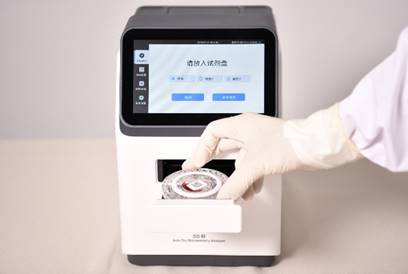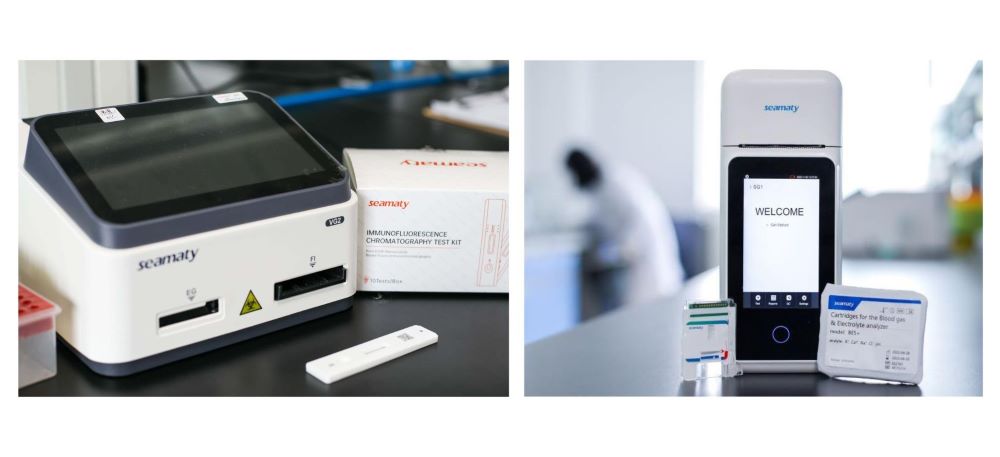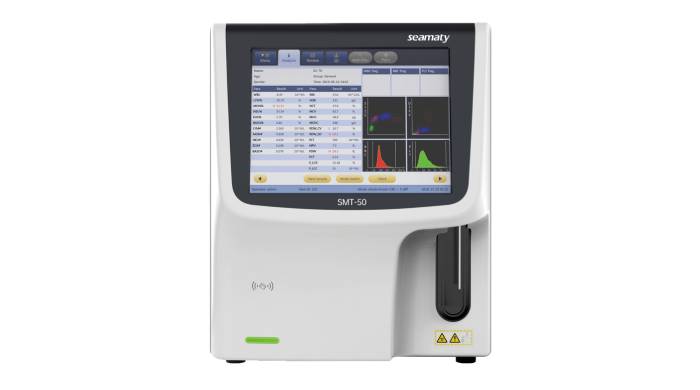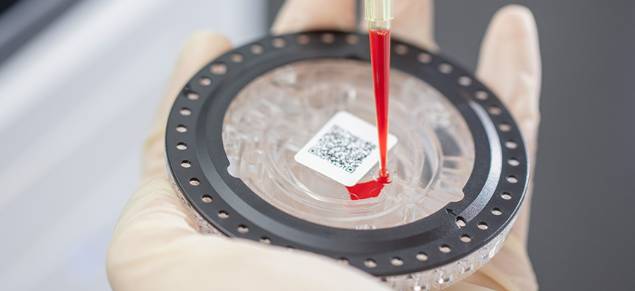Biochemical analysis of the body blood samples forms the basis of medical diagnosis and plays a crucial role in treating various health ailments. Automated biochemical analyzers analyze body blood samples and evaluate the concentration of biochemical markers, including proteins, lipids, cholesterol, enzymes, and body metabolites. This article provides a brief overview of fully and semi-automated biochemical analyzers and states the comparison between the two.
What Is A Biochemical Analyzer?
Biochemical analyzers are instruments used to measure chemicals in the medical field. These instruments analyze blood, plasma, urine, and serum samples to determine the concentration of different substances that hold diagnostic and therapeutic value. This aids in the treatment of numerous health conditions, including renal pathologies, cancer, diabetes, hepatitis, thyroid disorders, fertility, HIV, and STDs. Biochemical analyzers are composed of different components, including sample slot or tray, light source, photometer, electrodes, bar-code scanner, touchscreen or keypad, and ports for connecting the analyzer to computer or printer.
The sample to be analyzed is added to the reagent tube, followed by a chemical reaction between the two. The sample is then exposed to a beam of light transmitted by the light source. The photometer present in the biochemical analyzers measures the light absorbed or reflected from the sample. On the contrary, some biochemical analyzers use electrodes instead of photometers and detect electric current through the sample in place of light. The light or electric current is then used to measure the presence and concentration of body fluid markers or drugs. The test results can be printed, transferred, and stored in the analyzer's internal memory. While handheld analyzers measure only one sample, benchtop models can analyze multiple samples simultaneously. Operators shall handle the fluid samples safely to avoid exposure to pathogenic organisms.
Automated biochemical analyzers significantly reduce human error and increase the accuracy and reliability of the test results. These biochemical analyzers enable the operator to run through many-body blood samples simultaneously, thus retrieving the results rapidly. Moreover, automated biochemical analyzers require a relatively small amount of body blood samples as compared to manual models of biochemical analyzers. Discrete auto analyzers are biochemical analyzers that employ separate containers for each reagent and sample. These are highly versatile and popular instruments used for biochemical analysis in medical laboratories.
Automated biochemical analyzers are classified into fully- and semi-automatic biochemical analyzers based on the degree of automation.
What Is A Fully Automatic Biochemical Analyzer?
A fully automated biochemical analyzer performs various diagnostic and research-related tests faster and more accurately. The term 'fully automated' implies that this instrument does not require human intervention and carries out most steps independently. Full automated biochemical analyzers measure albumin, glucose, phosphorus, bilirubin, and creatinine. Moreover, these analyzers also evaluate thyroid function, lipid profile, and drugs. In fully automated biochemical analyzers, dispensing of reagents and samples and mixing reaction mixtures are carried out automatically. Lastly, the operator can view the precise diagnostic or analytic report on a screen display or via a printer.
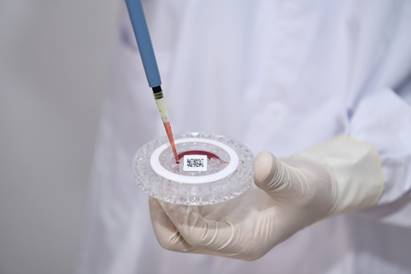
What Is A Semi-automatic Biochemical Analyzer?
Semi-automated biochemical analyzers measure diagnostic markers in the blood, urine, cerebrospinal fluid, serum, and plasma—Pipetting, mixing and the operator incubating the specimen and reagent. The semi-automated biochemical analyzer performs the following steps: incubation setting, photometric reading, displaying, printing, storing, and processing results. These biochemical analyzers are known for measuring enzyme activity via kinetic methods. Unlike fully automated biochemical analyzers, these do not employ random access mode to increase productivity. Semi-automated biochemical analyzers are relatively small, compact, and inexpensive laboratory instruments.
Differences between Semi-automatic and Fully Automatic Biochemical Analyzer
The critical differences between semi-automated and fully automated biochemical analyzers are listed below.
1. A fully automatic biochemical analyzer can analyze a relatively large number of samples compared to semi-automated biochemical analyzers.
2. The test results of fully automated biochemical analyzers are more accurate and convenient than semi-automated biochemical analyzers owing to reduced human intervention in these analyzers.
3. Semi-automated biochemical analyzers require human intervention during the initial analysis, leading to more significant operating errors. On the contrary, fully automated biochemical analyzers require minimum human intervention. Therefore, these biochemical analyzers produce results with reduced human error.
4. Fully automated biochemical analyzers require automatic sampling of whole blood cartridges of serum or other blood samples. Semi-automated biochemical analyzers require technicians to add the samples to the analyzer manually. The increased manual intervention also increases the labour cost.
5. Fully automated biochemical analyzers can adjust the temperature for sample analysis and only require a centrifuge to work efficiently. Semi-automated biochemical analyzers require a centrifuge and a water bath box to maintain a constant temperature during sample analysis.
6. While fully automated biochemical analyzers have lesser measurement time and produce rapid and accurate results, semi-automated biochemical analyzers produce results less rapidly and have a longer detection time.
7. Semi-automated biochemical analyzers only work as batch analyzers and do not work as a random axis to simultaneously run multiple tests on the given samples. However, fully automated biochemical analyzers have a random access mode that enables the analyzer to conduct multiple tests on the given samples, saving time and cost.
8. Semi-automated biochemical analyzers require manual cleaning and washing, while the fully automated biochemical analyzer automatically cleans itself.
9. Compared to semi-automated biochemical analyzers, fully-automated biochemical analyzers have more incredible analysis speed. These also cater to multiple samples simultaneously instead of semi-automated biochemical analyzers, which can only analyze one sample at a time.
10. Semi-automated biochemical analyzers require a more significant sample and reagent volume than fully-automated biochemical analyzers.
11. Semi-automated biochemical analyzers have a limited workload and data storage capacity as compared to fully automated biochemical analyzers.
SD1 Chemistry Analyzer is a fully automated analyzer that provides faster and more accurate results using only 0.1 cubic centimetres of the sample. Seamaty SD1 has built-in quality control, QR code, centrifuge, and cloud computing for technicians to examine the results remotely. The instrument is based on the photoelectric colourimetric principle to provide more accurate results. The SD1 Chemistry Analyzer can store 500,000 patient records and require minimum maintenance.
